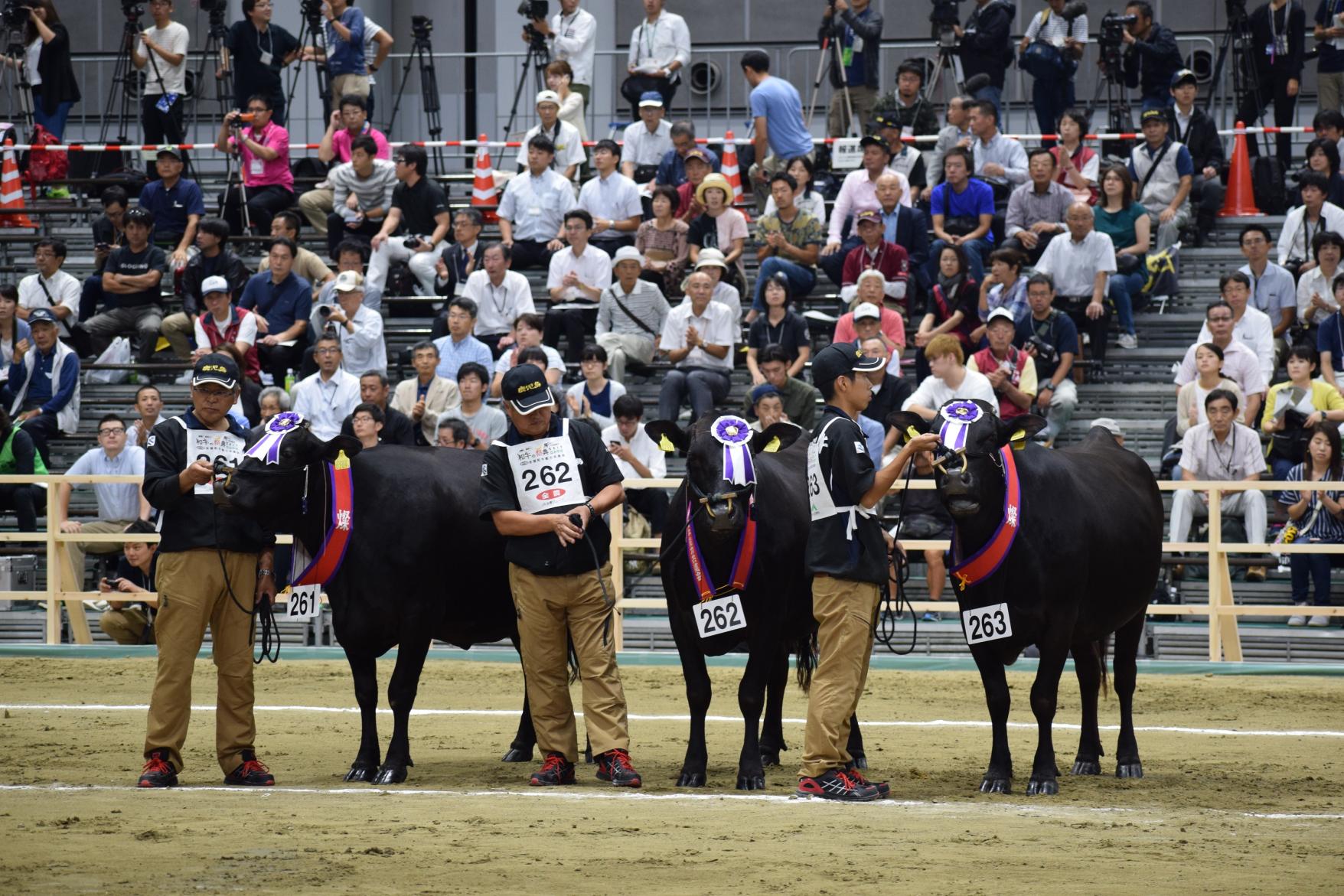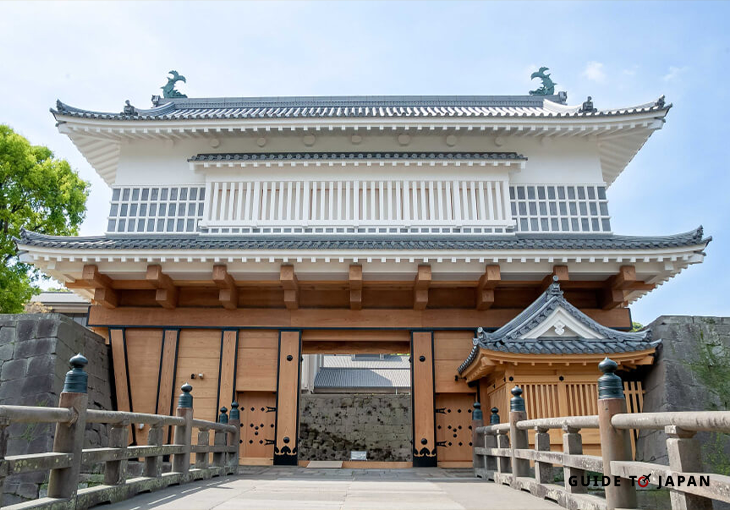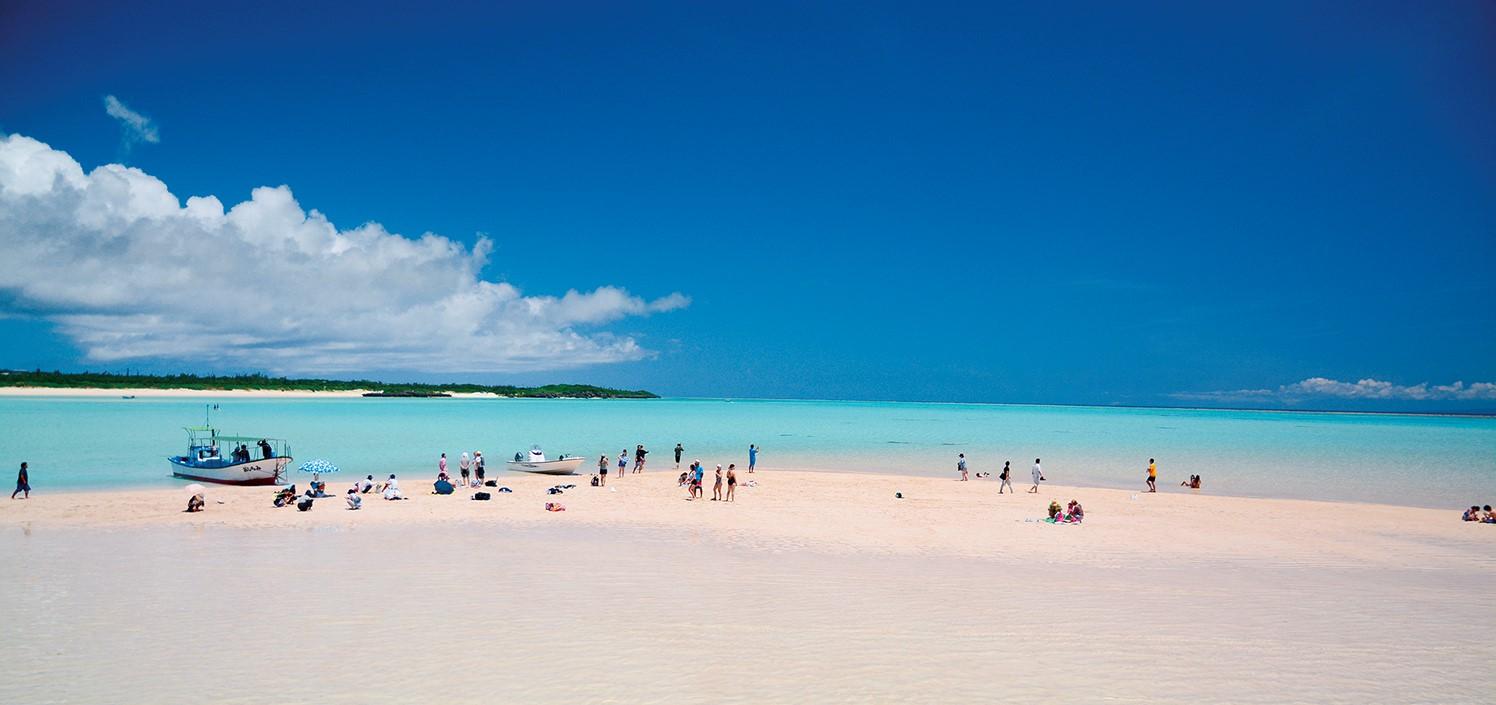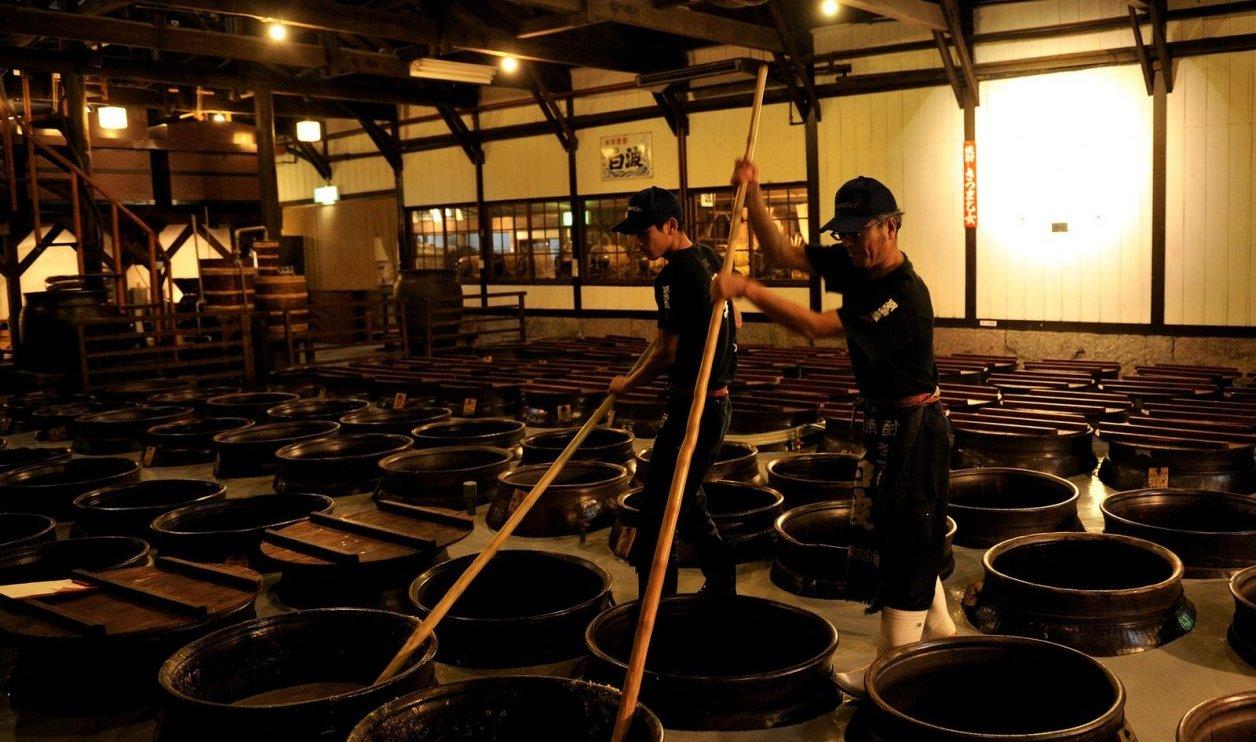We use cookies on this site to enhance your user experience. If you continue to browse, you accept the use of cookies on our site. See our cookies policy for more information.
Key features
Kagoshima Kuroushi is finely textured and tender, with a well-balanced fat content. The meat is full-bodied, with a delicate flavour and distinct umami profile. The intricate marbling allows for a large amount of unsaturated fatty acids, rich in healthy omega 3 and 6, to be woven through the meat. The result is fat with a low melting temperature, which creates a melt-in-the-mouth feel.
Kagoshima Kuroushi has a Geographical Indication, in the same way as Champagne and Parmesan. Only beef from Japanese Black cattle that spend the longest part of their feeding period and their finishing period in the prefecture can therefore be branded Kagoshima Kuroushi. So, when you eat this beef, you can be sure you are consuming local wagyu of the very highest quality.
Kagoshima Kuroushi and Japan
Kagoshima produces more wagyu than any other prefecture in Japan, placing it at the centre of the country’s wagyu industry. About 20% of all Japanese Black cattle, amounting to 330,000 head, can be found in Kagoshima, and wagyu farmers across the country rely on Kagoshima for expertise on breeding and raising.
Kagoshima Kuroushi are bred and reared with special care in order to produce exquisite wagyu beef. Extreme efforts are made to create a stress-free environment that is as natural as possible. All animals have access to spacious ranches, fresh air and clean water. Pregnant cows and breeding bulls graze on pasture, and high-grade wheat, hay and rice plants are fed to calves and other bulls. Individualised care is also common, with some farmers even transporting onsen (hot spring) water to their farms so their cattle can benefit from the mineral-rich water and enjoy its warmth.
With such practices, it is not surprising that Kagoshima Kuroushi is award-winning. During Japan’s most recent Japanese Wagyu Branded Beef Competition, or Wagyu Festival, in 2017, Kagoshima Kuroushi was the overall winner, scooping the top prize in four of the nine categories. It is renowned as one of Japan’s most iconic brands of wagyu, with great appeal among both domestic and international visitors. If you’d like to try authentic Japanese wagyu during your stay, it is undoubtedly an excellent option.
Kagoshima recognized for top-quality wagyu

2022’s host, Kagoshima Prefecture, took first place in six of the nine judged divisions, making it the best preforming prefecture in Japan. It was also rated highly in the remaining three divisions, each based on characteristics such as the animals’ age and gender.
See moreEating and pairing
As one of the prefecture’s iconic foods, Kagoshima Kuroushi can be found in a vast number of eateries prefecture-wide, from restaurants and izakaya (bars serving food) to hotels and ryokan inns.
The meat is also prepared, cooked and served in a variety of ways including teppanyaki (hot-plate style), yakiniku (grilled-meat style), sukiyaki (hot pot style) and shabu-shabu (thinly sliced meat style).

Teppan-yaki
High-end cuts of Kagoshima Kuroushi, such as sirloin or fillet steak, are grilled on a hot teppan (iron plate)—typically with show-stopping pizazz—using only oil, salt and pepper. The steak is served with simple optional seasonings, such as wasabi and soy sauce, to allow the flavour of meat to truly shine.

Yakiniku
Diners grill bite-sized pieces of beef along with a range of vegetables on a grill at the table. Once cooked, the items are dipped in a sauce called tare (consisting of soy sauce, sake, mirin, garlic, sesame and sugar) and typically eaten with rice, soup and salad.

Sukiyaki
This traditional winter dish is served in the nabemono (hot pot) style. Thin slices of Kagoshima Kuroushi are simmered alongside vegetables in a broth of soy sauce, sugar and mirin at the table. Once the beef is cooked to taste, it is typically dipped in a small bowl filled with raw, beaten egg and eaten immediately.

Shabu-shabu
Another Japanese dish cooked at the table, shabu-shabu involves boiling thinly sliced beef and vegetables in water and enjoying them with various dipping sauces. Most common is a simple sauce of soy sauce, dashi, rice vinegar and mirin, to bring out the umami flavour of the beef.

Pairing
Kagoshima Kuroushi is most commonly paired with a medium- to full-bodied red wine, such as a Cabernet Sauvignon or a Shiraz, to bring out the flavour profile of the beef. But, for diners wishing to imbibe a traditional Japanese drink while enjoying wagyu in Japan, it is also excellent with full-bodied sake. Other pairing options include bourbon, whiskey and stout beer.
History of Kagoshima Kuroushi
In Kagoshima Prefecture, cattle were originally raised as draft animals, put to work ploughing fields, pulling wagons and so on. In the 1950s, with the widespread adoption of agricultural machinery and greater availability of transport, breeding cattle for work was phased out. Stud bulls began to be managed by both public and private organisations that supported the shift to rearing cattle for beef.
Since then, comprehensive efforts have been made throughout the prefecture to develop the breeding and rearing methods of Kagoshima’s cattle. The Prefectural Stud Bull Association was established in 1985 to improve the quality of the animals and establish Kagoshima Kuroushi as a brand in collaboration with the prefecture.
Within 10 years, all the entities in the prefecture involved with the beef cattle industry came together to form the Kagoshima Prefecture Beef Cattle Promotion Association, in 1995. With the goal of not only creating top-quality beef not also raising awareness of it throughout Japan, this organisation produced manuals for cattle breeders in Kagoshima. The information provided covered everything from feed management, growth physiology and fattening to disease control, and resulted in continued improvements to the quality of Kagoshima Kuroushi.
In 2017, Kagoshima Kuroushi was registered as a Geographical Indication, a global sign used on products that have a specific geographical origin and possess qualities or a reputation that are due to that origin. Since being granted this title, its popularity has gone from strength to strength.
Today, wagyu farmers in Kagoshima continue to strive to produce the most high-quality Kagoshima Kuroushi possible, and awareness of this brand of wagyu is on the rise.
The Wagyu Festival
Established in 1966, the Japanese Wagyu Branded Beef Competition, or Wagyu Festival, is the premium event for all those involved in Japan’s beef cattle industry. The event aims to promote excellence in wagyu farming and production while providing a platform for farmers nationwide to showcase their cattle and wagyu meat brand.
Held every five years, resulting in its nickname, the Wagyu Olympics, the competition is hosted in a different part of Japan each time. Delegates travel with their animals and/or meat for up to three days by ship and road to compete over a five-day period.
Judges assess both livestock and meat in two main categories: breed improvement (such as the animals’ size, shape and degree of muscle) and meat quality (such as its look and the amount of monounsaturated fatty acid in the marbling). There are also subcategories based on the cattle’s age, gender and so on.
Kagoshima has a long and established connection with the competition, having hosted the second Wagyu Festival in 1970. In October 2022, Kagoshima will make history by becoming the first prefecture to host the prestigious event for the second time.
The 12th Wagyu Festival

From October 6–10, Kagoshima Prefecture will host the 12th Wagyu Festival. Judging of the bulls will take place in Kirishima City while the beef part of the competition will be held in Chiran, Minamikyushu City.
The event is open to the public and all are welcome to attend.
Most popular

Let's go island-hopping in Kagoshima!

Our latest poster promotes Kagoshima’s tagline “Treasure of the South, Kagoshima” and uses photos of famous attractions across our prefecture, arranged in the style of two-dimensional matrix barcode.

Re-Wild Kagoshima: The ultimate healing experience of interacting with the “Happy Horses”

Now is the time for a bike trip! Cycle beautiful Kagoshima

Kikaijima Course, an island where mysterious giant banyan trees and butterflies dance





















